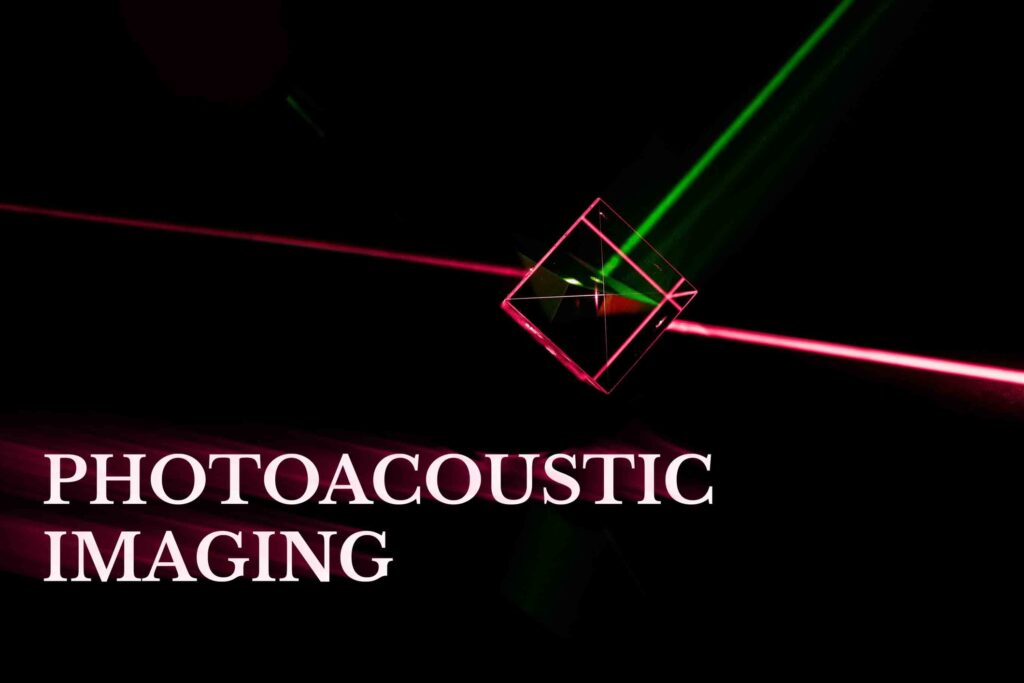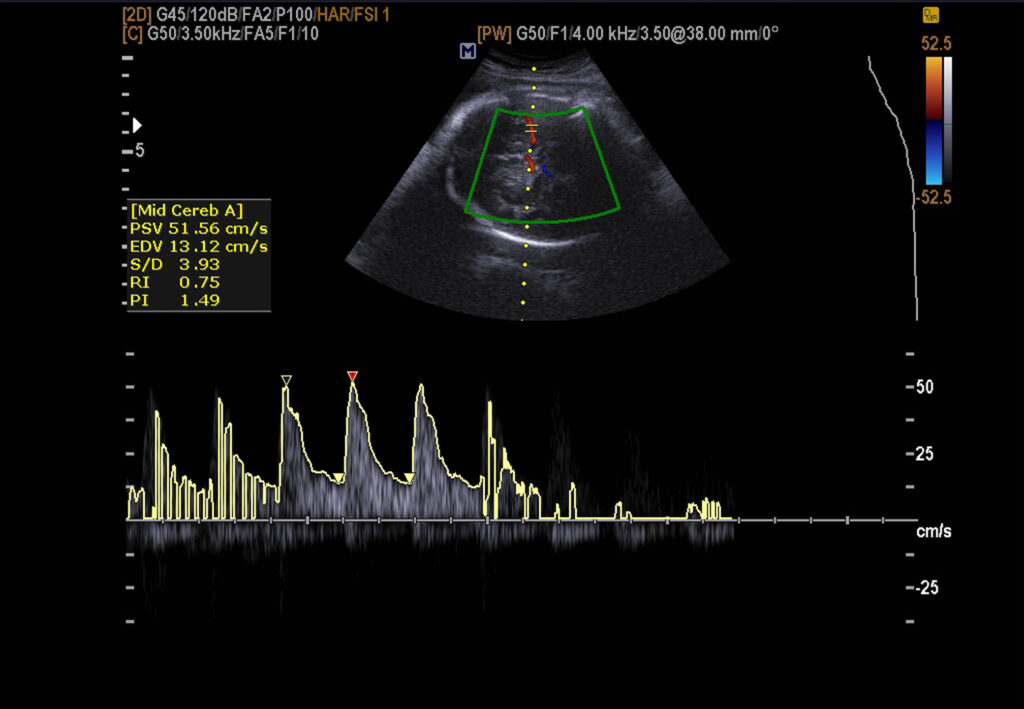Acoustic Cavitation
Acoustic cavitation is the growth and collapse of pre-existing microbubbles when subjected to an ultrasonic field in liquids. The cavitation bubbles result from oscillations resulting from the effect of the maximum temperature and pressures reached when they collapse. These bubbles grow when subjected to low frequencies and implode at higher frequencies due to compression.
During the implosion phase, the temperature and pressure rise, and the heat exchange occurs in microseconds. The resulting cavitation in the surrounding fat tissue can cause thermal, mechanical, and chemical actions that modify the membranes.
Acoustic cavitation can be investigated based on the theoretical single-bubble model. However, in a multi-bubble system, the formation of bubble clusters makes it challenging to characterise the cumulative properties of these bubbles. In 1917, Lord Rayleigh provided a partial explanation by showing that significant pressures could be generated from the implosion of the spherical vapour bubbles.
In the 1930s, Robert Knapp captured the behaviour of individual cavitation bubbles using motion pictures. These films showed that the cavitation bubbles possessed a high degree of non-linearity during the low-pressure phase. This was compared to the gentle growth of the bubbles when subjected to low pressure in the surrounding liquid. However, the liquid pressure increases when they collapse, producing a violent action. This non-linear behaviour is captured in the Rayleigh-Plesset equation for spherical bubble dynamics.
In solutions, the bubble collapses to a size much smaller than its original dimension, compressing the non-condensable gas in the bubble to very high pressure and temperatures, resulting in light emission.
You are here:
home » acoustic cavitation


